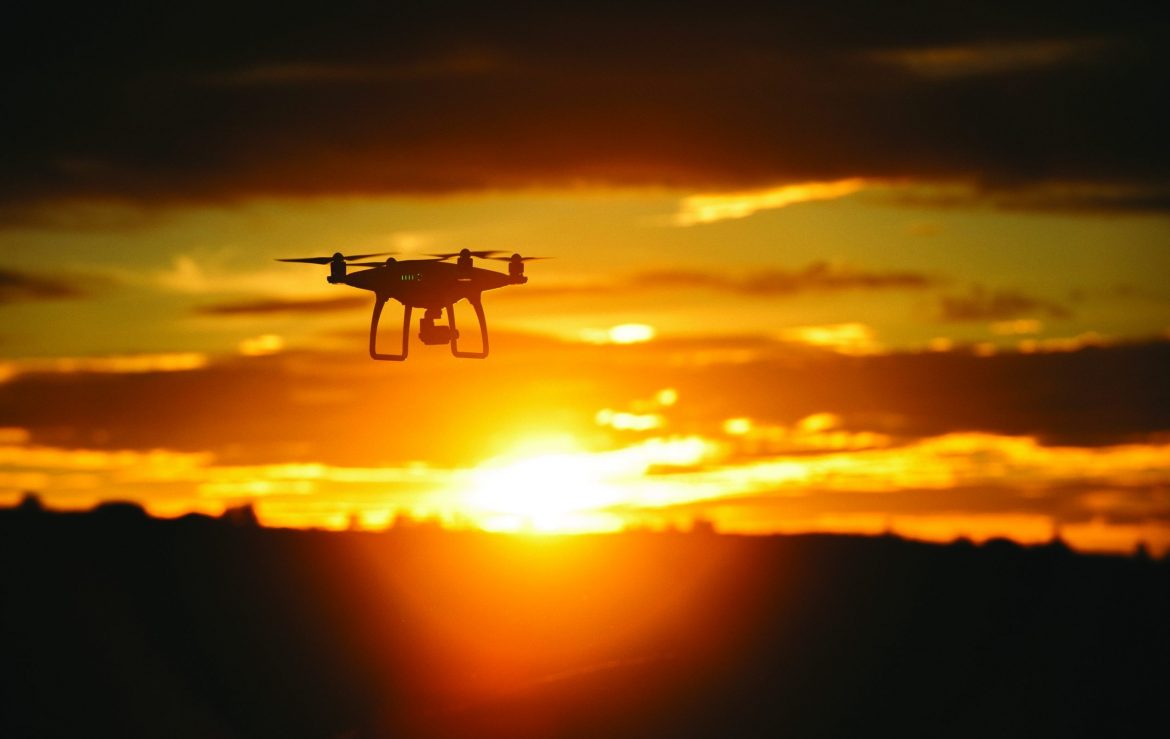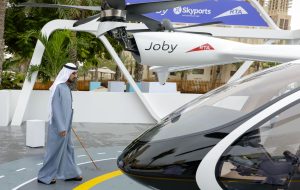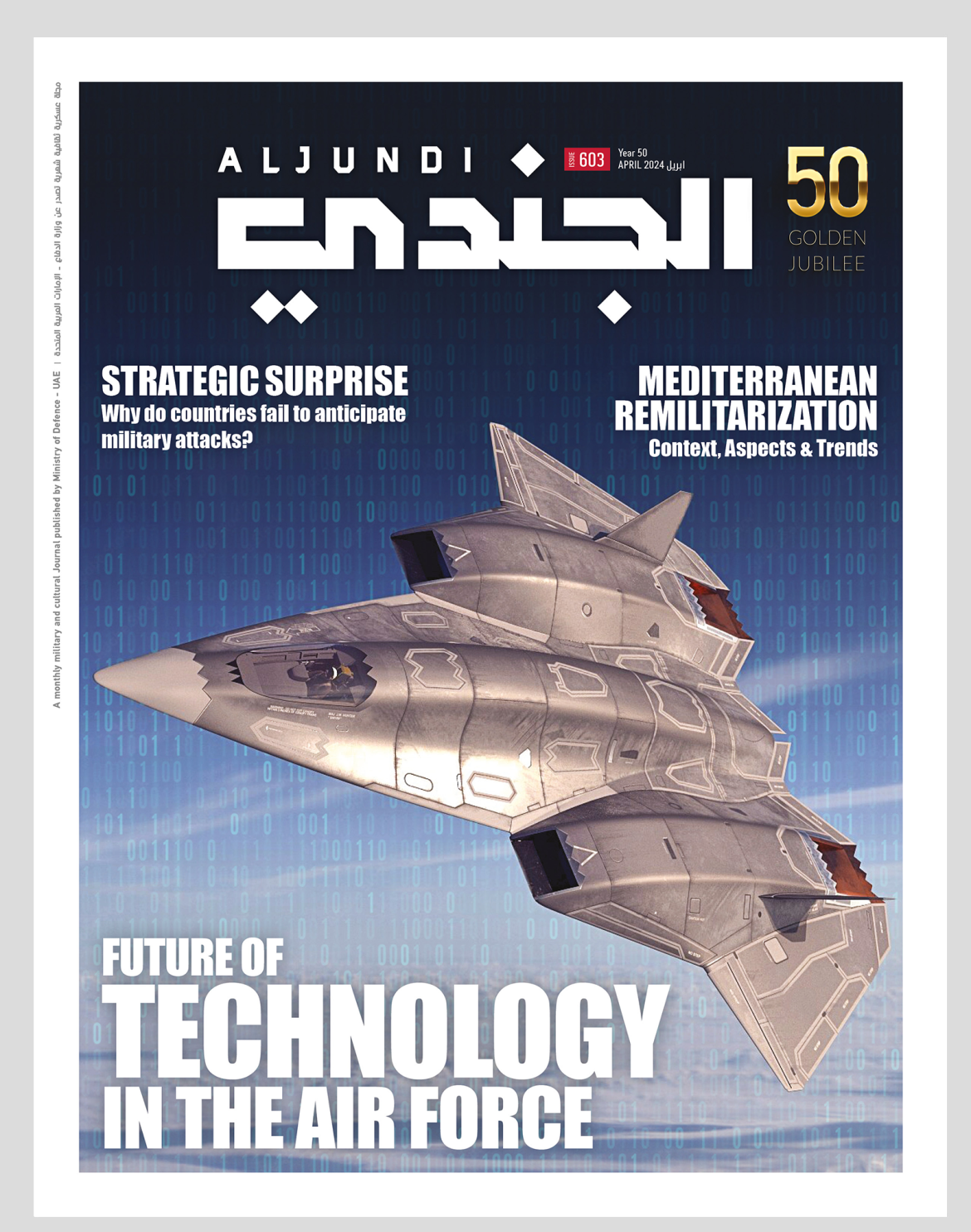The U.K.’s Ministry of Defence has unveiled a drone armed with twin stabilised shotguns that uses AI to identify its targets.
The drone has six rotor blades and is attached with a camera to provide a live-stream of indoor conflicts to a remote solider, who fires the device’s weapons.
A first prototype of the metre-long machine, which is designed only for indoor combat, has been called the i9.
MoD has developed the flying ‘armed fighter’ with an undisclosed British company to deploy specifically in urban situations, such as buildings barricaded by armed personnel.
‘UK Strategic Command has been developing a capability under Project i9 to develop an armed urban warfare unmanned aerial system (UAS),’ MoD told MailOnline.
‘Project i9 has successfully created a prototype capability, which is being used for experimentation with end users now.
‘This type of UAS will reduce the threat to life of personnel by giving tactical commanders the option to send a remotely-controlled machine into dangerous scenarios rather than put personnel or military working dogs at significant risk.’
MoD told MailOnline it is unable to provide photos of the prototype, as it’s been developed with a UK start-up that is in negotiations around Series A funding, and is therefore in ‘stealth mode’.
Drones used by the British Army so far, including the Desert Hawk, have been specialised for outdoor use, such as base perimeter protection.
The so-called i9 drone is the UK military’s first weaponised drone to be able to fly inside, according to the Times.
It’s been developed in response to significant casualties suffered in Afghanistan when entering barricaded buildings and will help protect British army personnel fighting in densely populated cities.
‘Close-combat urban warfare provides some of the most dangerous and complex scenarios to military personnel,’ MoD said to MailOnline.
‘Moving through urban environments, and particularly within buildings regularly exposes personnel to significant danger and unexpected lethal force.’
i9 has in-built ‘machine vision’ – similar to technology used in driverless cars to sense surroundings on the road – to identify the enemy.
The AI also helps i9 stay upright, line up targets and avoid crashing into walls indoors, which is a risk because of the way drones displace air in small rooms.
The soldier operating i9 remotely monitors the live feed from the drone’s camera on a screen to decide whether to open fire.
MoD stressed to MailOnline that human control will be maintained over the system ‘at all times’.
i9 has twin shotguns but MoD is also testing it with rockets and chain guns, which use a chain-like ammunition feeding mechanism.
The device is part of the government agency’s promise for British military to become ‘relentlessly innovative’ in the new decade.
‘Instead of mass and mobilisation, this future force will be about speed, readiness and resilience, operating much more in the newest domains, in space, cyber and sub-sea, and working to prevent conflict as well as winning it,’ Defence Secretary Ben Wallace said earlier this month.
‘The global picture has changed, our enemies have studied our vulnerabilities and have adapted far more quickly than us.’
It was reported earlier this month that MoD is also boosting its counter-drone capabilities with an aerial drone-bashing ‘battering ram’, designed to knock drones out of the sky.
The autonomous Anvil, developed by drone start-up Anduril, uses sensors to find out where drones are – relying on light and shadows – and then bashes into drones, rendering them useless.
Another new quadcopter drone, the Malloy Aeronautics T-400, can either carry a torpedo, huge payloads of ammunition or medical supplies to emergency situations.
The ‘pilotless pick-up truck of the air’ could also be used to evacuate casualties by putting them in a tube fixed to the pilotless drone, or search for migrants at sea.
‘It’s not all about delivering payloads and weapons, you could use it for border control, going up and down the Channel,’ said a technical adviser to the navy’s chief technology officer.
‘It could be boxes of ammunition, which are really heavy, and you might need to get it across unhospitable terrain, snow, sand, rocks.’
Last year, troops on the front lines were given miniature drones developed by MOD that are ‘smaller than a human hand’ that stream HD video on mobile phones.
These mini-drones, dubbed Black Hornet, can take over the life-threatening surveillance and reconnaissance duties currently undertaken by soldiers.
They weigh less than seven ounces (200g) and can carry out surveillance over a wide area.
MoD is investing £66 million ($87m) to ‘fast-track’ military robotic projects to the battlefield, it said last year.
Source: MailOnline













